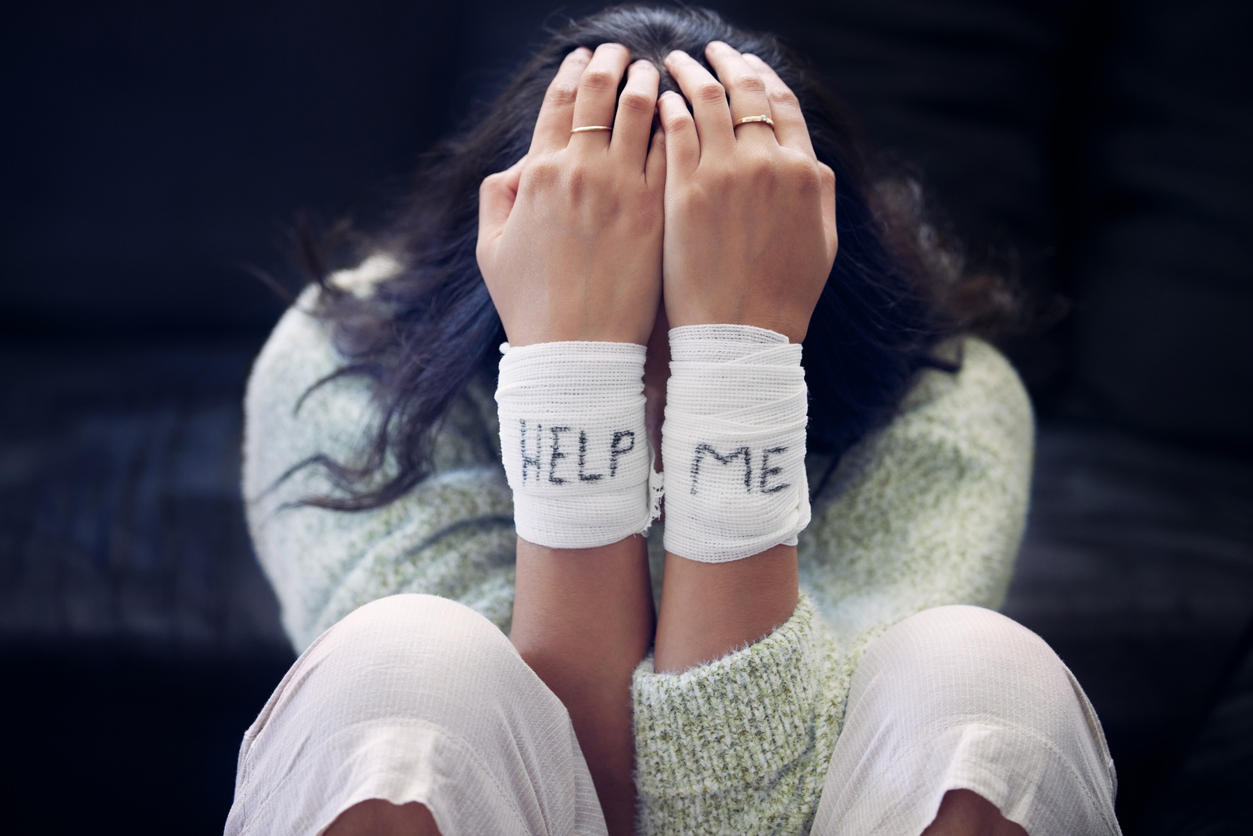Understanding Self-Harm
What It Is, Why It Happens and How to Support Healing
Self-harm—also known as non-suicidal self-injury (NSSI)—is when a person intentionally hurts themselves as a way to cope with overwhelming emotional pain, stress, or mental health struggles. While self-harm is not typically a suicide attempt, it is a serious sign that someone is in emotional distress and needs support.

What Is Self-Harm?
Self-harm can take many forms, including:
-
Cutting or scratching the skin
-
Burning
-
Hitting or punching oneself
-
Pulling out hair
-
Picking at wounds to prevent healing. These actions are often used as a coping mechanism to express emotional pain, release tension or regain a sense of control when emotions feel unmanageable.
Why Do People Self-Harm?
Self-harm is a complex behavior with no single cause. It’s often linked to underlying mental health conditions, emotional trauma, or overwhelming stress. Some common contributing factors include:
-
Depression or anxiety
-
Low self-esteem or self-hatred
-
Bullying, abuse or trauma
-
Difficulty expressing emotions
-
Feeling emotionally numb or disconnected
-
Peer pressure or social influence (especially among teens)
While it may bring temporary relief, self-harm does not resolve the underlying issue—and over time, it can lead to greater emotional distress and physical risk.
Warning Signs of Self-Harm
Recognizing the signs is the first step toward helping someone in need. Look for:
-
Unexplained cuts, bruises, burns or scars
-
Wearing long sleeves or pants even in warm weather
-
Isolation or withdrawal from friends and family
-
Emotional instability, mood swings or frequent sadness
-
Possession of sharp objects or tools without clear reason
-
Expressing feelings of hopelessness or self-loathing
If you notice any of these signs in someone you care about, don’t ignore them—reach out with empathy and support.
How to Help Someone Who is Self-Harming
If someone confides in you—or if you suspect they may be self-harming—here are some ways to offer support:
✅ Stay calm and listen without judgment. Create a safe space for them to talk.
✅ Don’t focus only on the behavior. Ask what’s behind the pain.
✅ Encourage them to seek professional help. Therapists can help develop healthier coping strategies.
✅ Reassure them they are not alone. Remind them that help is available and that they are cared for.
